Technology - 2-Wire Smart Light Switch
Background
You'll often see us refer to 2-wire (without neutral wire) and 3-wire (with neutral wire) lighting systems. This is an important point as new smart home users is that they want to install some smart switches to control lighting, but their existing light switches don’t include a neutral wire.
The reason that most of the smart switches won’t work in this configuration is that the switch is breaking the circuit when it is off so power is not flowing through the switch. Smart switches require a source of power because they are always communicating with a hub or with a phone. If the power is cut (because the switch is off) the smart switch will not be able to receive instructions from the hub or from the phone.
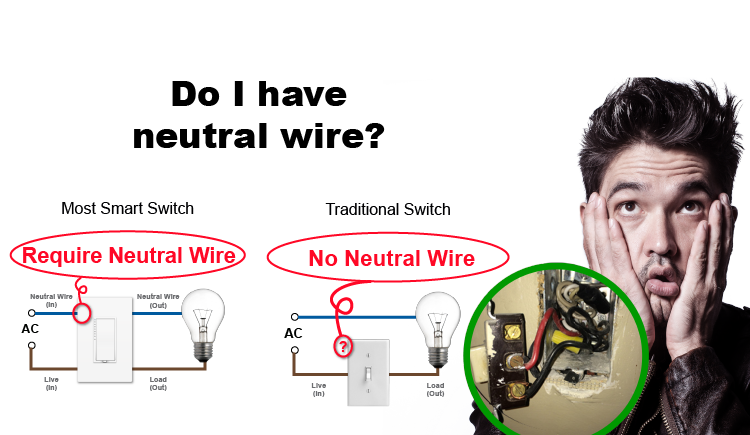
- Related Discussion: Smarthings My WiringSmart Switch No NeutralNo Neutral for Add On SwitchNo Neutral for Light SwitchNo Neutral WireSmart Switch in Light HomeWhy smart switch cannot without neutralLight Switch WiringWhat you need to know before installing smart switch..and more when you search the keyword “require neutral wire” in Google
Solution
In order to design a smart switch to retrofit the existing 2-wire installation, it’s either Method 1: putting a rechargeable battery inside the switch to supply the power to the MCU or Method 2: thinking out of the box to make MCU work with the 2-wire wiring system. The method 1 is relatively easy. However, there are a lot of problems ahead which one of the key issue is about the rechargeable battery life. With appropriate care and use (http://www.zbattery.com/Increase-Your-Rechargeable-Batterys-Life), you should expect 2-7 years or 500-2100 times from most rechargeable batteries. However, the light switch lifetime is normally design for 10 years+. It’s near impossible to convince the consumer to replace the battery inside the switch with the electrician when the battery life finishes. On the other hand, as the battery charge only when the light is on, if you don’t use the switch for a long vocation, it might not be able to power on through the remote control anymore. Therefore, it’s believed this is not a good solution and there are only limited products using this mechanism in the market.
For Method 2, it seems not possible when the circuit breaks. However, for the electronic switch, the actual circuit is not totally off. There is a tiny electrical current flowing from Live through the switch, through the bulb and to Neutral. This tiny current is enough to keep the switch and its wireless electronics powered and the device alive. This enables you to still control the switch wirelessly (or manually) whether the bulb is on or off.
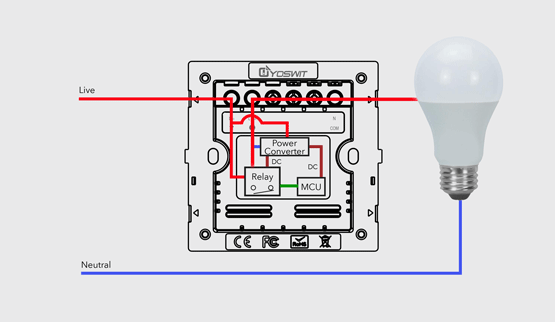
How It Works?
You'll often see us refer to 2-wire (without neutral wire) and 3-wire (with neutral wire) lighting systems. This is an important point as new smart home users is that they want to install some smart switches to control lighting, but their existing light switches don’t include a neutral wire.
The reason that most of the smart switches won’t work in this configuration is that the switch is breaking the circuit when it is off so power is not flowing through the switch. Smart switches require a source of power because they are always communicating with a hub or with a phone. If the power is cut (because the switch is off) the smart switch will not be able to receive instructions from the hub or from the phone.
The Challenge
If we are still using incandescent lamp or fluorescent lamp, the existing solution is stable because the current stole from flowing through the lamp for the MCU is not enough to light up the high power consumption bulb. However, the lighting technology changes from using 50w-200w incandescent lamp to 1w-10w led or power saving lamp in the recent decade. The tiny current flow through the low power consumption bulb design for the MCU then make also the LED bulb flicker or with ghost light. This is why most of the so call 2-wire smart switch in the market is not really 2-wire ready, unless you are still using incandescent lamp at your home. For a smart tips, you are highly recommended to check the capability of supporting low power LED bulb when you are choosing an electronic switch which can be used with 2-wire (no neutral wire) installation.
As you can see one of the key to minimize the chance of flickering issue is to reduce the current flow through the bulb, i.e. minimize the entire power consumption of the circuit board design and MCU power usage. There are a lot of ways to do so like choosing the low power consumption components (e.g. using Latching Relay) and minimizing the MCU power consumption. There are many pros and cons when you select different component for different solution and it may take up to months and years for you to find the best combination suitable for the product.
On the other hand, there is also because the LED driver structure design is different and keep changing, the LED driver design affect significantly how effective you draw the power from the current flow. The less effective, the higher power you need to draw and the higher chance the LED bulb will flicker or with ghost light. Hence, it will take another months and years when you do the R&D.
Yoswit has started the research since 2012 and the solution is in the 3rd generation now. The latest solution has been tested with over 200 different types and different brands bulbs and it can now support most of the well-known brands LED bulbs in 3W or above. Though we are working hard on being compatible with as many different types of bulbs as possible, as long as the MCU inside the smart switch needs power to work, there is still a chance the bulb flickers in whatsoever reason. To make sure the Yoswit fits your home, we provide also the additional solutions to work with the exceptional incompatible bulb types: 1. Wire the power stabilizer behind the lamp (free included in the package); 2. Change the 2-wire (without neutral wire) installation to 3-wire (with neutral wire) installation (It’s the last option, we would recommend to change the bulb instead of changing the wiring). Moreover, for our upcoming version, together with the Bluetooth 5.0 mesh launch in late 2018, we are targeting to support 80% or above led bulbs with 1W or above and it’s believed that this is the leading technology in the light switch market.
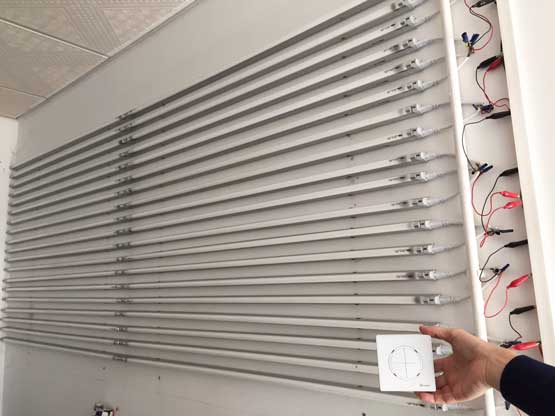
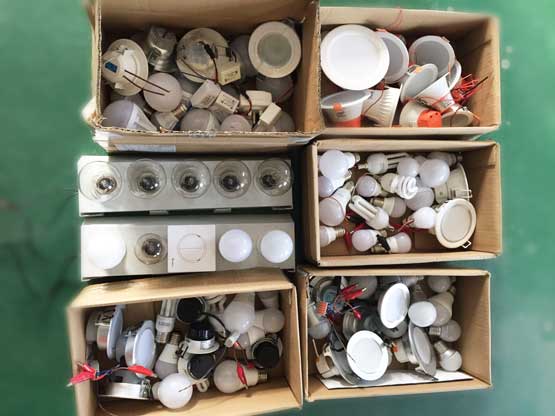
Timeline
-
Traditional Switch
- Mechanical switches
- 2-wire (Live in, Live out)
- Physically cut off the live to break the power
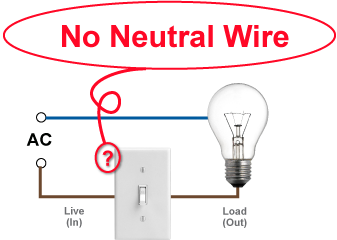
-
Electronic Switch
- For RF Remote / Timer Switch
- MCU needs power
- Requires both Live and Neutral wire to supply power to MCU
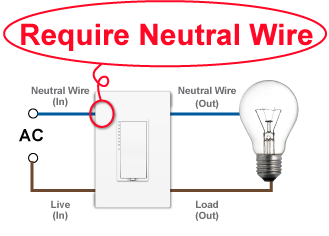
-
Market Performance
- Rewiring / Redecoration is required
- Some home uses 2-wire and some uses 3-wire
- Majority is still using mechanical switch

-
2-wire Switch
- Work with incandescent only
- Limited product options
- Low compatibility

-
LED dominates the market
- LED replaces incandescent lamps, halogen bulbs, CFL..
- LED bulb cost keeps going down
- The lifetime for LED bulb increase
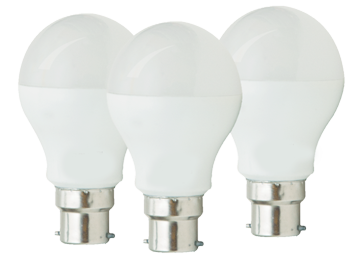
-
Market Performance
- Rewiring / Redecoration is required
- Frequent complains from misuse or incompatibility
- Majority is still using mechanical switch

-
IoT gets popular

-
Rising demand for smart switches
- Majority is still 3 wire smart switch
- Some limited 2-wire smart switch option with low / no compatibility to LED
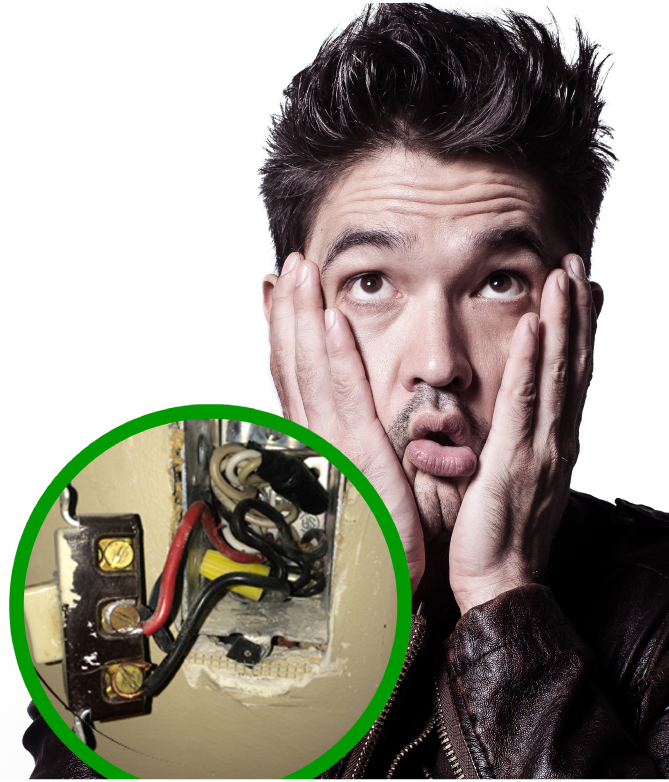
-
Problem remains unsolved
-

- Compatible with both 2 wire and 3 wire installation
- Supports >90% 3w or above LED bulbs with 2-wire
- Supports >99% 1w or above LED bulbs with 2-wire + power driver
-
- More than 30 models
- Retrofit different types of switches wiring

- 4 common socket types
- Wide voltage support (100-240v)

Specialized in Smart Light Switches








